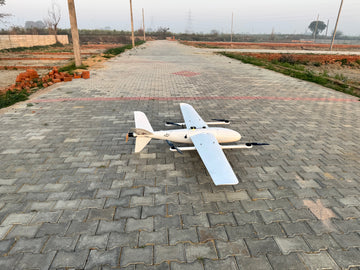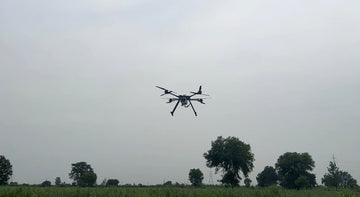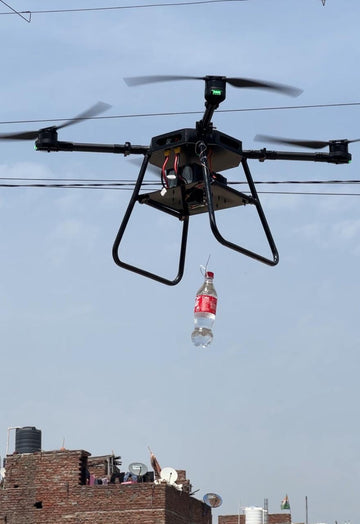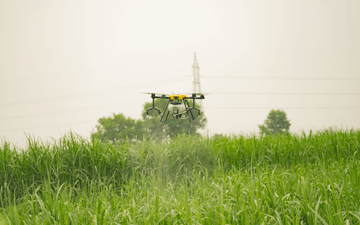Natural disasters and emergencies demand quick response and real-time data to save lives and minimize damage. Drones are revolutionizing disaster management by providing rapid aerial assessments, search-and-rescue support, and efficient aid delivery in crisis situations. Governments, NGOs, and emergency services are increasingly deploying drones to enhance disaster preparedness and response.
Drones play a crucial role in different phases of disaster management:
- Pre-Disaster Monitoring & Risk Assessment: Drones help in mapping flood-prone zones, monitoring wildfires, and inspecting infrastructure to prevent disasters. Thermal and multispectral imaging can detect potential hazards like gas leaks or unstable structures.
- Real-Time Aerial Surveillance During Disasters: Drones provide instant aerial views of affected areas, helping first responders assess damage, locate survivors, and plan evacuations. Night vision and infrared cameras improve search-and-rescue efforts in low-visibility conditions.
- Search and Rescue Operations: Equipped with thermal sensors and AI-powered tracking, drones can detect trapped individuals under rubble or stranded in floodwaters. Drones with audio systems allow communication with victims in hard-to-reach areas.
- Emergency Supply Delivery: Drones can transport medical kits, food, and water to disaster-hit regions where roads are inaccessible. Medical drones have been used to deliver vaccines and blood samples in remote locations.
- Post-Disaster Damage Assessment & Reconstruction: High-resolution drone imagery helps authorities assess infrastructure damage, insurance claims, and reconstruction efforts. 3D mapping and AI analysis provide insights for rebuilding disaster-affected areas efficiently.
Drones in disaster management offer several advantages:
- Rapid Response: Drones reach disaster zones faster than ground teams.
- Cost-Effective: Reduces the need for helicopters and large rescue teams.
- Safer Operations: Minimizes risks for rescue workers in hazardous environments.
- Accurate Data Collection: Real-time imaging and AI analytics improve decision-making.
Despite these benefits, drone operations in disaster response face challenges:
- Regulatory Restrictions: Airspace regulations may limit drone deployment in emergencies.
- Weather Sensitivity: High winds, rain, and extreme temperatures can affect drone operations.
- Battery Life Constraints: Limited flight time may require frequent recharging or battery swaps.
- Data Security Risks: Potential cyber threats and unauthorized drone access must be managed.
With advancements in AI, 5G connectivity, and swarm drone technology, the future of drones in disaster management looks promising. Governments and humanitarian organizations are working on automated drone fleets, AI-driven predictive analytics, and real-time data sharing to make disaster response more effective.
Drones are transforming disaster management by enhancing situational awareness, improving response times, and saving lives. As technology evolves, drones will become an essential tool in global disaster preparedness and emergency relief efforts.






